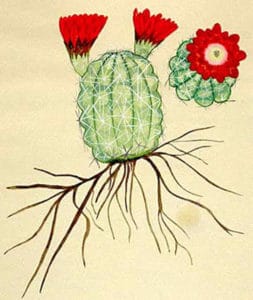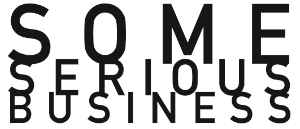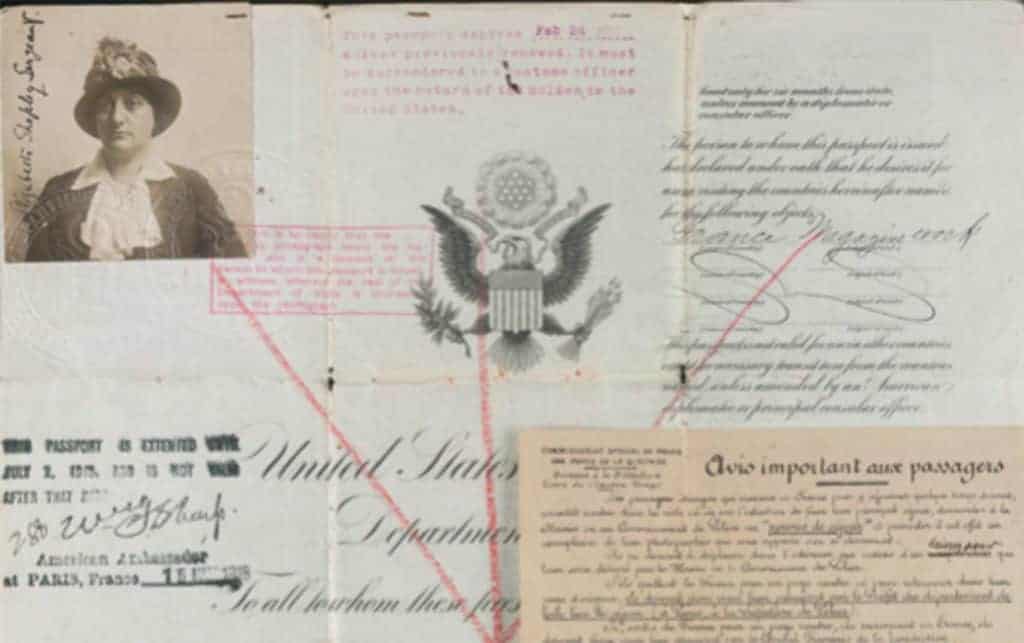SUSAN MORGAN UNEARTHS AND UNPACKS AN UNPUBLISHED MANUSCRIPT
AND ANSWERS A FEW OF OUR #FIFTYQUESTIONS
Talk Scheduled for Sunday, June 13, at the Pueblo de Abiquiu Library and Cultural Center
SSB Away is pleased to introduce Susan Morgan, the first of five artists-in-residence coming to Abiquiu this summer. While here, Susan plans to further develop a project about writer Elizabeth Shepley Sergeant, concerning her unpublished illustrated manuscript produced in New Mexico from 1935–36: One Hundred Wildflowers of the Pueblo Country with Tewa Indian Names and Uses. The project is a cross-cultural, intergenerational collaboration intended to document and preserve the material culture, indigenous language, and ceremonial uses of native plants.
The original collaborators in the creation of the book were Sergeant, who was 54 years old at the time; her secretary and interpreter Edward Dozier, an 18-year-old recent high-school graduate from the Santa Clara Pueblo who was one of the first Native American anthropologists; Cypriano Herrera, a 19-year-old artist from Tesuque Pueblo; Dr. Marion Shevky, a botanist and member of the Taos writers colony in the 1920s; and elders from the Tesuque and Santa Clara Pueblos.
When Sergeant died, the unpublished project was left to Dozier and archived with his papers in Tucson. The Dozier collection has not been digitized. Morgan was able to make one research trip to Tucson before the archive closed for a year and shut down again due to the pandemic. That one research trip, however, was quite incredible.
Among the things she learned: Dozier (who died in 1971) had tried to cultivate interest in the project but could not find a place for it. Archived rejection letters say “the paintings are not realistic or detailed enough for botanists, and not primitive enough to be native art.” Herrera, the artist Sergeant hired to do the paintings, did not come out of the Santa Fe Indian School influenced by Dorothy Dunn’s instruction. A keen observer and deft draftsman, sadly, he died young—killed in battle during World War II.
Morgan is now on the writing stage of her endeavor, and an exhibition is being planned. In developing her research for publication and exploring the possibilities of an exhibition, she is in collaborative conversation with Eve-Lauryn Little Shell LaFountain, a Turtle Mountain Chippewa and Jewish multimedia artist currently based in Santa Fe, whose lens-based media and installation work focuses on history, feminism, and mixed heritage. The continuation of the book project is once again a cross-cultural and intergenerational collaboration. In the 21st century, the work can finally be recognized and find its place within art and social history.
Some Serious Business, and the Pueblo de Abiquiu Library and Cultural Center are pleased to present a talk by Morgan about her book. The event will be held in the library garden; Covid-19 protocols will be observed.
SUSAN MORGAN ANSWERS A FEW OF OUR #FIFTYQUESTIONS
Who has been your greatest mentor, living or dead, real or imaginary?
When I was a teenager, I went on my own to live on Nantucket, a beautiful, somewhat neglected New England island that had flourished during the 19th century whaling era but was still several decades away from turning into a 21st century billionaire’s playground. I found a job and established a great friendship with Gwen Gaillard, an extraordinary character with a discerning eye and acerbic wit. Living in that small place and knowing Gwen widened my world immeasurably.
Later, in New York, I worked as a researcher and interviewer for writer and editor George Plimpton. George’s curiosity and willingness to ‘not know’ were inspiring; his sense of amazement was superb. He was an insightful and exacting editor who could literally cut up pages and reassemble them—strengthening each word and refining the story.
More recently, I’ve worked closely with the archive of Esther McCoy (1904–1989), a wonderfully modern literary writer and social critic who found a compelling subject in architecture. I’ve spent a lot of time reading McCoy’s mail and private journals, as well as her published observations. When I once mentioned to a rather humorless novelist that McCoy was my ‘imaginary friend,’ she tersely replied that was not possible because McCoy had been a real person. “Since I never met her,” I said undaunted, “she only exists in my imagination—so she can be my imaginary friend.”
What is your relationship to criticism?
I like when criticism shakes things up, throws some light, and invigorates and articulates what’s at stake. It’s the unhelpful or self-serving variety that manages to dismantle and nag—that variety just needs to be set loose.
What is your relationship to praise?
I tend to go unconscious immediately at the sound of praise. Still, I’m enormously grateful when I do hear those encouraging words or unearth enthusiastic reviews. It’s always a welcome treasure.
Do you have a particular skill or knack of which you are most secretly proud? Something you feel you can do that few others can, no matter how small?
A wide range of people—including editors, artists, attorneys, an astrologer, and even a private investigator—have remarked on my detective skills. I am able to recall details and find connections.

About Susan Morgan
For more than 30 years, Susan Morgan has written about art, design, and cultural biography. Her ongoing engagement with publications—their context, appearance, multiplicity of voices and opinions—has evolved from the hands-on production of a publicly-funded alternative art magazine to becoming a regular contributor featured in specialized journals and mainstream publications. Susan’s recent achievements include contributing a comprehensive essay on 32 diverse artists commissioned to produce temporary work for Murals of La Jolla; presenting Diving into the Archives, a paper that examines shifts in archival research, at the California Institute of the Arts; and producing “Looking at a Picture, Illustrating an Idea”, an essay and podcast about architect R.M. Schindler and how overdetermined notions can eclipse visual evidence. In 2017 she was a Fellow-in-Residence at the Women’s International Study Center in Santa Fe, New Mexico.
Curious about the #FiftyQuestions the artists had to choose from? See all of them here.

